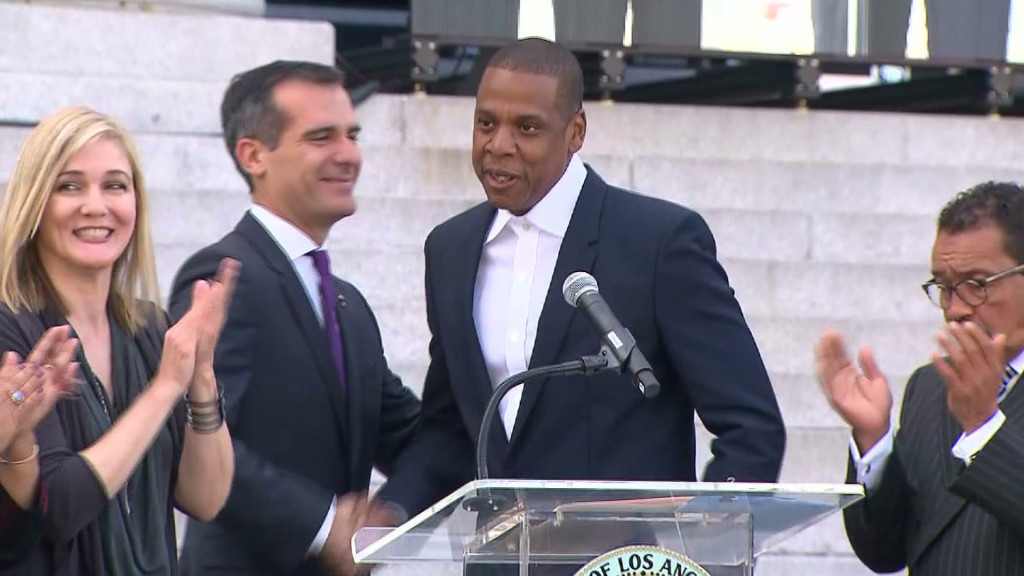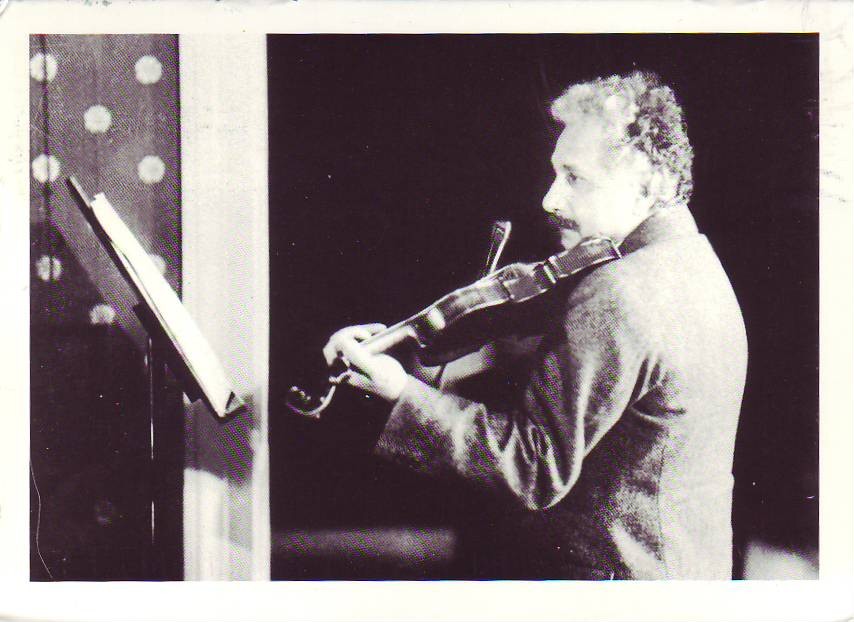Come Embrace Social Media With Us
Facebook continues to be the social channel of choice for most consumers and companies. In fact, according to a Gigya quarterly survey Facebook accounted for 51 percent of all North American social logins in the first quarter of 2014. Google Plus came in second with 31 percent of logins.
We here at IAVM embrace social media and all the positive opportunities it offers to help spread stories and ideas relevant to our community of venue managers and employees. Perhaps you’re already following us on social media channels. If so, thank you and please continue to do so. If you’re not, though, here’s a list with links of the IAVM social media channels. We’d love for you to be our friend on all of them.
VenueConnect 2014 Facebook Group
Twitter for the Front Row News Blog
We have on deck Instagram and Tumblr, so we’ll let you know when those are up and running, too. We look forward to interacting with you more in the social media world!
(photo credit: giulia.forsythe via photopin cc)
Here’s a New Way to Market Your Convention Center
Dede Mulligan has an idea—convention centers should advertise their walkability scores.
“Think about your average attendee at a convention. They typically have arrived in your city without a car. The hotel is adjacent or within a short walk of the convention,” Mulligan wrote in a blog post on Hospitality Marketing. “Many times they have never been to your city or it has been a long time since they have been there. Either way, at the end of a long day of being inside and/or sitting through meetings, they want to get out in the fresh air and walk. To dinner. To entertainment. To attractions.”
By now, I hope everyone is aware of the benefits of walking. If in doubt, search that phrase in Google, and you’ll receive approximately 225 million results.
You can find your city’s walk score by visiting, well, Walk Score. Check it to see where your city ranks, and please read Mulligan’s blog post for ideas on how convention centers can use walkability scores to market themselves to potential planners and attendees.
Creative Activities Outside of Work Boost Job Performance
Albert Einstein loved to play the violin when he wasn’t working on scientific equations. Even though it was a hobby, it fed his “day job.”
“The theory of relativity occurred to me by intuition, and music is the driving force behind this intuition,” Einstein told the musical educator Shinichi Suzuki. ” My parents had me study the violin from the time I was six. My new discovery is the result of musical perception.”
A new study out of San Francisco State University shows that pursuing creative activities outside of work can help you be more perceptive on the job and help you recover from stress. In addition, these pursuits help improve your work performance.
“It can be rare in research to find that what we do in our personal time is related to our behaviors in the workplace, and not just how we feel,” said Kevin Eschleman, an assistant professor of psychology at San Francisco State University.
Study participants defined creative activities however they wanted.
“They usually describe it as lush, as a deep experience that provides a lot of things for them,” Eschleman said. “But they also talk about this idea of self-expression and an opportunity to really discover something about themselves, and that isn’t always captured with the current recovery experience models.”
In two surveys (one with 341 employees and one with 92 active duty U.S. Air Force captains), creative activity played a positive role in recovery experiences and performance-related outcomes. Because of these findings, Eschleman suggests that employers encourage employees to pursue creative outlets.
“One of the main concerns is that you don’t want to have someone feel like their organization is controlling them, especially when it comes to creative activities, because intrinsic motivation is part of that unique experience that comes with creative activity,” he said.
Some ways an employer can help employees pursue creative activities outside of work include, the study’s authors suggest, art classes, creative writing opportunities, and access to musical instruments.
“A lot of organizations carve time out where they talk about physical heath and exercise and eating habits, but they can also include in that a discussion of mental health and the importance of recovery and creative activity,” Eschleman said.
How do you encourage creative activities outside of work for your employees? Please share you tips with us.
(photo credit: tellmewhat2 via photopin cc)
If You Use Latest Tech Devices, You’re Perceived as a Leader
That high-tech device you’re wearing or using doesn’t mean you’re a geek. In fact, it means you’re perceived as a leader (you could be a geek, too, I suppose).
“Familiarity with and usage of new high-tech products appears to be a common manifestation of innovative behavior,” said Steve Hoeffler of Vanderbilt University and Stacy Wood of North Carolina State University. “Those who are tech-savvy are also perceived as authoritative on other subjects and as leaders.”
Hoeffler and Wood co-wrote a paper titled “Looking Innovative: Exploring the Role of Impression Management in High-Tech Product Adoption and Use.”
One part of their study included interviews with actors categorized by appearance and other variables.
“We taped them once where they took down a note using an old-fashioned calendar, then did another one where they whipped out an electronic calendar and did it that way,” Hoeffler said in Research News @ Vanderbilt.
Test subjects viewed the actors who used the electronic calendars as more authoritative.
In another part of the study, resumes that showed candidates were high-tech savvy were viewed more favorably compared to those who were not. Also, females who used high-tech devices benefited more than males who exhibited the same behavior.
“This finding runs counter to the backlash effect typically found in impression management research in business settings,” Hoeffler and Wood write. “Female job evaluations typically suffer after engaging in the same self-promoting impression management strategies that benefit their male counterparts.”
Finally, as with most anything in life, acting confident was the key in making a good impression. People don’t even need to know how to use a high-tech devices, as long as they looked like they knew what to do with them.
“Just possession is 90 percent of the game,” Hoeffler said. “And there are maybe 10 percent of situations where you have to display the ability to use it.”
(photo credit: gruntzooki via photopin cc)
Industry News Weekly Roundup

There was a lot of news this past week. Here are some stories that caught our eyes.
Jay Z, Mayor Garcetti Announce Summer L.A. Music Festival
—KTLA.com
“The two-day “Budweiser Made in America” concert is scheduled for August 30 and August 31 in Grand Park, according to a news release from Budweiser and the United Way of Greater Los Angeles.”
Cobwebs in Your Conference Center: How to Solve Utilization Issues
—Ungerboeck
“Does your conference center or convention center have a bad case of space waste? Empty, dust-collecting, cobweb-ridden rooms in your venue signify more than just bad hygiene.”
Feld Moves Into Massive Florida Headquarters
—Venues Today
“The new Feld Studios are almost complete, with 350 employees now operating out of the gigantic complex here and more expected over the coming weeks and months.”
Restaurants to Become Stadiums for IPL Fans This Year
—Business Standard
“Stadiums across India will witness empty stands as the seventh edition of the Indian Premier League (IPL) kicks off in UAE on Thursday. But, various restaurants are gearing up to magnetise cricket enthusiasts into their premises for watching the cricket matches with a stadium-like experience.”
What Business Can Learn from the Greatest Comeback in Sports History
—Harvard Business Review
“Hoping to find some generalizable lessons from the spectacular turnaround, we spent time learning about what happened that week from one of the crew, grinder Gilberto Nobili. What we heard suggested six pieces of advice that leaders of land-based businesses might do just as well to heed.”
(Image: KTLA)
Do you want to receive a Front Row News weekly digest?
Categories
- Allied (861)
- Architecture (147)
- Arenas (747)
- Career (897)
- Convention Centers (895)
- Education (623)
- Events (1,544)
- Food & Beverage (193)
- Foundation (113)
- Guest Experience (1,496)
- Industry News (2,270)
- Leadership (1,888)
- Marketing (150)
- Membership (2,000)
- Music (213)
- Performing Arts Centers (454)
- Professional Development (409)
- Research (127)
- Safety & Security (442)
- Sports (763)
- Stadiums (608)
- Student (159)
- Technology (516)
- Ticketing (92)
- Touring (82)
- Trends (364)
- Uncategorized (743)
- Universities (218)
- Video (25)
- Young Professional (198)
Twitter Feed
- Twitter feed loading
Recent Posts
- Venuworks and ATG Entertainment Selected to Manage Fresno Convention and Entertainment Center
- Seattle Convention Center Announces Strategic Leadership Appointment and Growth Initiatives for 2026
- Peggy Daidakis Humbly Made Convention Center History
- Welcome to Our Newest Members
- New Member Benefit! IAVM Partners with Advantage Training to Elevate Staff Readiness and Guest Experience
Categories
- Allied
- Architecture
- Arenas
- Career
- Convention Centers
- Education
- Events
- Food & Beverage
- Foundation
- Guest Experience
- Industry News
- Leadership
- Marketing
- Membership
- Music
- Performing Arts Centers
- Professional Development
- Research
- Safety & Security
- Sports
- Stadiums
- Student
- Technology
- Ticketing
- Touring
- Trends
- Uncategorized
- Universities
- Video
- Young Professional
Archives
- December 2025
- November 2025
- October 2025
- September 2025
- August 2025
- July 2025
- June 2025
- May 2025
- April 2025
- March 2025
- February 2025
- January 2025
- December 2024
- November 2024
- October 2024
- September 2024
- August 2024
- July 2024
- June 2024
- May 2024
- April 2024
- March 2024
- February 2024
- January 2024
- December 2023
- November 2023
- October 2023
- September 2023
- August 2023
- July 2023
- June 2023
- May 2023
- April 2023
- March 2023
- February 2023
- January 2023
- December 2022
- November 2022
- October 2022
- September 2022
- August 2022
- July 2022
- June 2022
- May 2022
- April 2022
- March 2022
- February 2022
- January 2022
- December 2021
- November 2021
- October 2021
- September 2021
- August 2021
- July 2021
- June 2021
- May 2021
- April 2021
- March 2021
- February 2021
- January 2021
- December 2020
- November 2020
- October 2020
- September 2020
- August 2020
- July 2020
- June 2020
- May 2020
- April 2020
- March 2020
- February 2020
- January 2020
- December 2019
- November 2019
- October 2019
- September 2019
- August 2019
- July 2019
- June 2019
- May 2019
- April 2019
- March 2019
- February 2019
- January 2019
- December 2018
- November 2018
- October 2018
- September 2018
- August 2018
- July 2018
- June 2018
- May 2018
- April 2018
- March 2018
- February 2018
- January 2018
- December 2017
- November 2017
- October 2017
- September 2017
- August 2017
- July 2017
- June 2017
- May 2017
- April 2017
- March 2017
- February 2017
- January 2017
- December 2016
- November 2016
- October 2016
- September 2016
- August 2016
- July 2016
- June 2016
- May 2016
- April 2016
- March 2016
- February 2016
- January 2016
- December 2015
- November 2015
- October 2015
- September 2015
- August 2015
- July 2015
- June 2015
- May 2015
- April 2015
- March 2015
- February 2015
- January 2015
- December 2014
- November 2014
- October 2014
- September 2014
- August 2014
- July 2014
- June 2014
- May 2014
- April 2014
- March 2014
- February 2014
- January 2014
- December 2013
- November 2013
- October 2013
- September 2013
- August 2013
- July 2013
- June 2013
- May 2013
- April 2013
- March 2013
- February 2013
- January 2013
- May 2012
- March 2012
- December 2011
- November 2011
- October 2011
Recent Comments
- Frank Bradshaw, Ph.D., CVE on John Meyer, CVE, a Tireless Advocate of Certification for Venue Professionals, Has Died
- Neil Sulkes on Hilary Hartung, Friend to Many in Venue Marketing, Has Left Us
- Jason Parker, CVE on The Devastation of Hurricane Helene and How We Can Support One Another
- Larry Perkins on Touhey Testifies Against Speculative Ticketing Before Congressional Subcommittee
- Peter Secord on Major Players for Planned Elkhart Amphitheater Were in the Mix at VenueConnect




